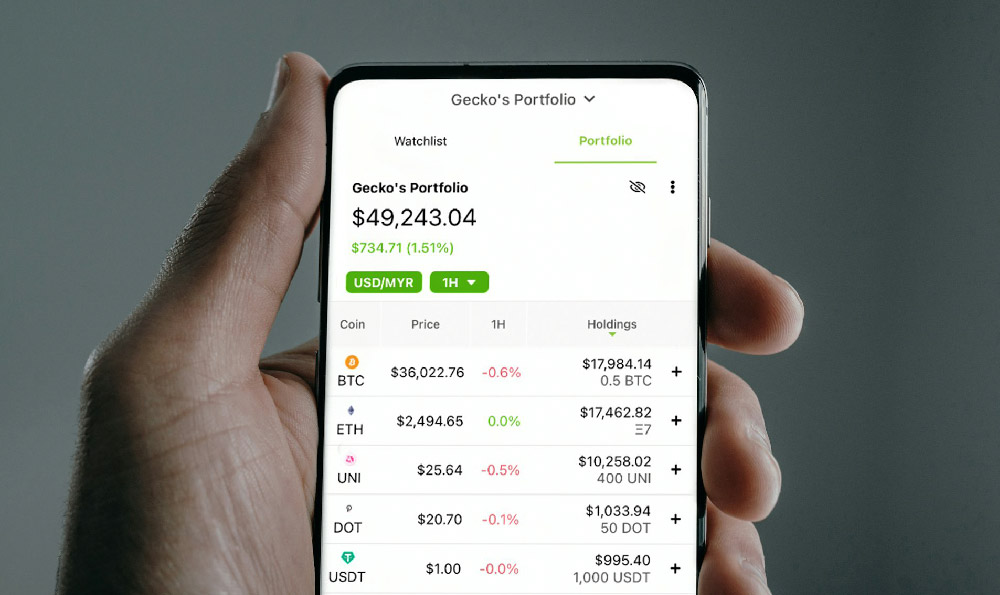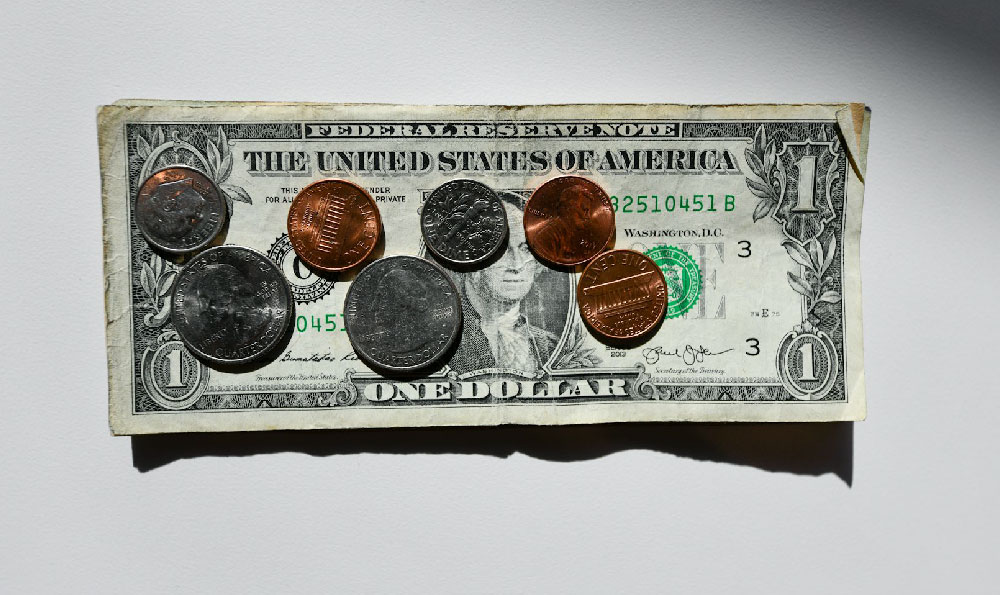How do car dealerships profit, and what are their revenue streams?

Okay, consider me your virtual cryptocurrency investment advisor. Let's get started.
Car dealerships, often perceived as just selling vehicles, operate under a complex business model with diverse revenue streams. Understanding these streams is crucial for consumers negotiating prices and for anyone interested in the automotive industry's financial mechanics. Dealership profitability extends far beyond the sticker price of a new car. In fact, the profits on new car sales themselves are often surprisingly thin, especially in a competitive market. Dealerships compensate for this with a multi-pronged approach to generating revenue.
One of the most significant contributors to a dealership's bottom line is the sale of used cars. Unlike new vehicles, where manufacturer incentives and pricing constraints often limit profit margins, used cars offer significantly more flexibility. The dealership acquires used cars through trade-ins, auctions, and direct purchases from individuals. The price they pay is often below the car's retail value, allowing them to mark it up considerably before offering it for sale. The difference between the acquisition cost and the selling price, minus reconditioning expenses (detailing, repairs, etc.), constitutes the profit. The ability to accurately assess the value of a used car, understand market demand, and efficiently recondition vehicles is paramount to success in this area. A dealership's reputation for honesty and transparency in used car sales also significantly impacts customer trust and repeat business.

Beyond the vehicles themselves, the finance and insurance (F&I) department is a major profit center. When a customer finances a car through the dealership, the dealership often earns a commission from the lender. This commission is often tied to the interest rate on the loan. Dealerships can also sell customers various insurance products, such as extended warranties, gap insurance (which covers the difference between the car's value and the loan amount if it's totaled), and credit life insurance. These products carry substantial profit margins for the dealership. While some of these products can offer genuine value to customers, it's crucial for buyers to carefully evaluate their needs and compare prices before committing. Pressure tactics in the F&I office are a common concern, so consumers should always feel empowered to say "no" and seek independent advice.
The service department is another vital revenue stream, providing consistent income throughout the lifespan of the vehicles they sell. Car maintenance, repairs, and part replacements are ongoing necessities for vehicle owners. Dealerships often have a competitive advantage in this area because they employ factory-trained technicians who are familiar with the specific makes and models they sell. While independent mechanics can also provide excellent service, some customers prefer the perceived expertise and guarantees offered by dealerships. Furthermore, dealerships often have access to specialized diagnostic equipment and genuine manufacturer parts. The service department profits from the labor charges for repairs and maintenance, as well as the sale of parts. Building customer loyalty through exceptional service and transparent pricing is critical for maximizing long-term profitability in this area. Regular maintenance packages and proactive communication about potential issues can also generate recurring revenue.
The sale of parts and accessories, even outside of service appointments, contributes significantly to the overall revenue. Consumers may purchase floor mats, roof racks, performance upgrades, or other accessories directly from the dealership. While some customers may seek cheaper aftermarket alternatives, others prefer the quality and warranty associated with genuine manufacturer parts. The dealership profits from the markup on these items. Online sales of parts and accessories have become increasingly important, expanding the dealership's reach beyond its immediate geographic area. Effective inventory management and competitive pricing are key to success in this area.
Manufacturer incentives and bonuses play a crucial role in dealership profitability. Automakers offer dealerships various incentives to meet sales targets, maintain customer satisfaction scores, and adhere to specific branding standards. These incentives can be substantial, providing a significant boost to the dealership's bottom line. The specific types of incentives vary depending on the manufacturer and the market conditions, but they often include volume bonuses, customer satisfaction bonuses, and marketing allowances. Dealerships must carefully manage their operations to qualify for these incentives.
Finally, dealerships can also generate revenue through sublet work. Sublet work refers to services that the dealership contracts out to third-party vendors. For example, a dealership may sublet bodywork repairs, windshield replacements, or upholstery work. The dealership typically marks up the price of the sublet service, earning a profit margin on the transaction.
In conclusion, car dealerships are not simply retailers of new cars; they are complex businesses that generate revenue through a variety of channels. Used car sales, F&I products, service and parts, manufacturer incentives, and sublet work all contribute to their profitability. Understanding these revenue streams empowers consumers to make informed decisions when negotiating prices and purchasing vehicles and related services. It also provides valuable insights into the automotive industry's financial dynamics. A savvy consumer armed with this knowledge can navigate the car buying process more effectively and potentially save money. Furthermore, for those interested in investing or working in the automotive sector, a deep understanding of dealership profitability is essential for making sound business decisions.















